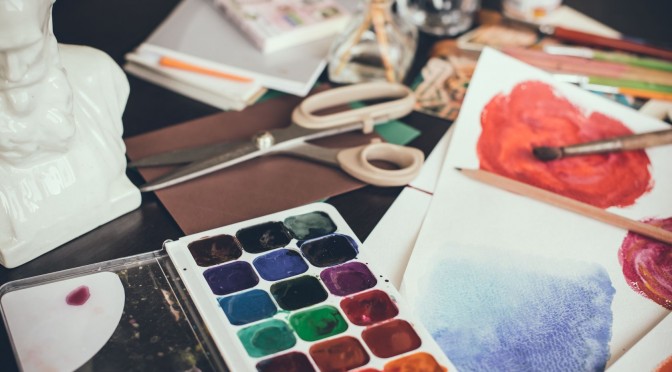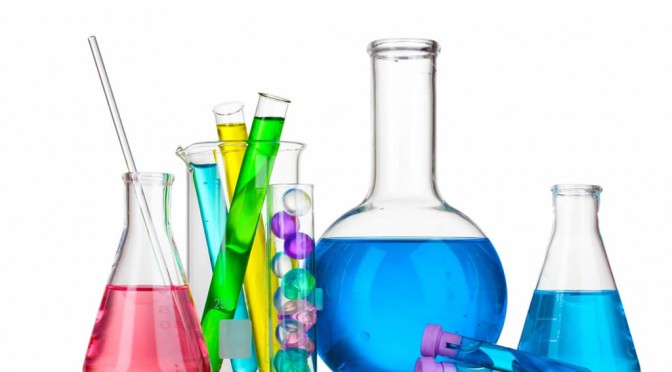Aloha, I’m Kathy. If you’re new to watercolor, it’s important to know that using the right tools is essential for good results. So, let’s jump right in.
Brushes
A good watercolor brush’s job is to hold and release water (and of course, the paint).
There are so many different types of watercolor brushes (see links below), but for the beginner, I am making suggestions based on the easiest and quickest way to get started.
Shape
Again, there are many different shapes of watercolor brushes, the most common starter brushes are rounds and flats.
- Rounds Rounds are the most common shape used by watercolorists because they are very versatile. The round, pointed shape allows you to paint small details as well as broader strokes and washes.
- Flats Flat brushes are useful for painting washes and strong, straight strokes
Hair
You should know that there are two basic hair types. Natural hair and synthetic.
- Natural The hair in natural hair brushes comes from a variety of animals: sable, squirrel, ox, goat, etc. No animals are destroyed for the purpose of brush making.
Natural Hair brushes have superior paint-holding ability because of the tiny, microscopic “scales” along the shaft of the hair. Shorter-length hair is more readily available, making the longer lengths more expensive. Natural hair may be used alone (pure) or blended with other hairs or synthetic filaments to achieve a combination of performance and price.
- Synthetic Synthetic brushes are man-made of either nylon or polyester filaments. The advantages of synthetics include:
- They are less prone to damage from solvents and paints
- They are easier to keep clean than animal hair
- They are less prone to breakage and are durable on many different surfaces
The key points are that natural brushes hold a lot more paint and water but tend to become worn with use. The synthetic brushes are usually less expensive, tend to hold their shape longer, but do not hold as much paint or distribute it as evenly as natural hairs.
My suggestion would be to start with a few round brushes for the detail work and a couple of flat brushes for the washes.
Rounds-8, 10, 12, 20
Flats-1/2 inch, 1 inch
Quality is important, and since the natural hair brushes are the most expensive you can look for some of the very good synthetic blends that are available.
Useful Brush Links
www.art-is-fun.com/paintbrushes-for-watercolors
www.dickblick.com/info/brushpdf/brushshapes.pdf
www.emptyeasel.com/2013/07/22/how-to-choose-good-mid-range-watercolor-brushes-and-where-to-buy-them-online/ Continue reading Getting Started With Watercolors


